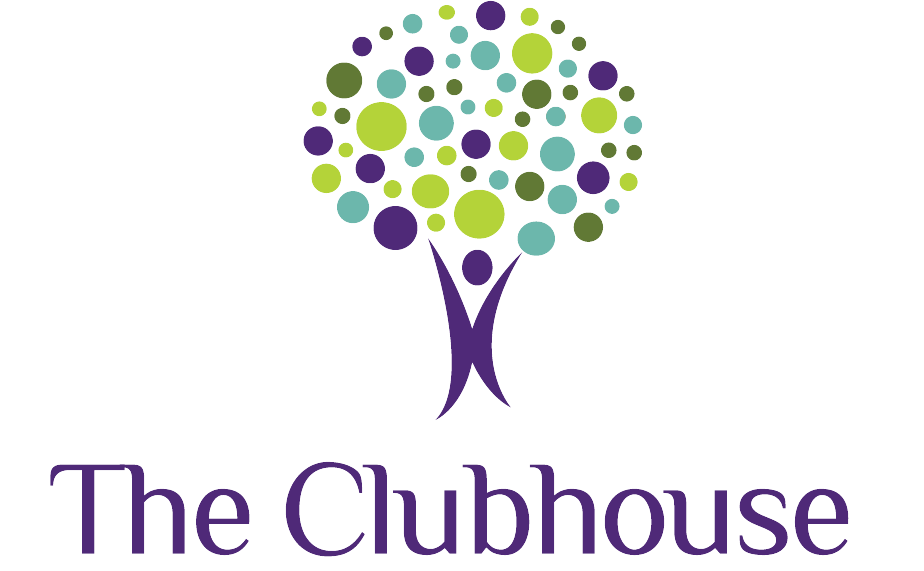
Every parent looks forward to the day their child learns to write their first name, last name, address, etc. It’s an exciting time when children begin to read and write. However, before they can do that, there are many other steps to take, including mastering pre-writing strokes.
We begin teaching children to write with pre-writing strokes. These are a variety of lines and figures that will later be used to construct letters and numbers. They are taught first as the building blocks for handwriting. Once a child masters their pre-writing strokes, they can typically tackle handwriting at an easier rate.
There are 9 pre-writing strokes that we want children to be able to first imitate, then copy, before beginning to learn to write letters and numbers. These 9 strokes are vertical line, horizontal line, circular strokes (circle), cross shape, square, diagonal line right, diagonal line left, X shape, and triangle, and that is the order we expect children to learn the strokes in.

First, it is important for your child to be able to imitate your strokes. You want to write the line or shape first, allowing the child to watch you, then have them make the line or shape themselves. The next level would be for them to see the line or shape and copy it, without the visual model of you making it first. This will translate into imitating and copying letters, numbers, and words later.
Get Started with Occupational Therapy
Practicing pre-writing strokes can be challenging and it can feel like hard work for a lot of children. Trying to come up with creative ways to incorporate these shapes can help the children be more inclined to practice.
For example, exercises like drawing a stick figure person with straight lines for the body, arms, and legs, and a circle for the head, or making a flower with a straight line stem and circle petals, or a house made of squares and triangles are easy ideas for children to understand and will help work on these pre-writing strokes.
Handwriting can be broken down into these essential shapes, and many beginner drawing concepts incorporate these shapes as well. Anything you can think of that combines these shapes or lines can encourage your little one to practice them so they are ready when it is time to learn about letters and shapes!
If you think your child needs more practice with fine motor skills, check out some great pre-writing activities here or learn more about our Occupational Therapy services.
Written by Jenny Zapinski, MSOT, OTR/L
Have Questions? Contact Us!

